Leadership isn’t just about making tough decisions, it’s about making them with people, not to people. When leaders ask employees to give up creature comforts—whether it’s cutting perks, reducing flexible work options, or tightening budgets, they’re making a direct impact on morale and engagement.
The difference between resentment and commitment is how the message is communicated.
Employees don’t just want to know what’s changing, they also want to know why it’s changing. They want to feel heard, valued, and included in the process. Without clear, empathetic communication, even necessary sacrifices can backfire, leading to disengagement, low morale, and loss of trust.
Today we are going to explore a few areas of why communications is crucial with the employees during these sacrafices.
Unclear Communication Breeds Resentment
Imagine waking up to an email saying that the company is cutting a key benefit like free lunches, wellness programs, or remote work options that is effective immediately. No warning, no context, no explanation. How would you feel? Probably blindsided, frustrated, and undervalued.
When leaders fail to communicate the reasoning behind a sacrifice, employees don’t see it as a necessity, instead they see it as a betrayal. Employees start to wonder: If leadership doesn’t value our well-being now, what’s coming next?
Transparency is the antidote to resentment. When employees understand why a change is happening, whether it’s financial, strategic realignment, or long-term sustainability. Employees are far more likely to understand and accept it, even if they don’t really like it in the moment.
Employees Want to Be Part of the Solution, Not Just Be Victims
Nobody likes having decisions forced upon them, especially when it impacts their daily lives. When leaders communicate after a decision has been made instead of involving employees in the process, it creates a power imbalance that fuels frustration.
Great leaders bring their teams into the conversation early. Instead of saying, "We’re cutting back on remote work to improve collaboration," they ask, "How can we maintain strong collaboration while balancing remote work?" Instead of declaring, "Budgets are tightening, so we’re eliminating free coffee," they invite employees to discuss cost-saving alternatives that still support morale.
When people feel like collaborators instead of casualties, they’re far more likely to support and adapt to change.
Lack of Empathy Kills Trust
Sacrifices are personal. The perks and comforts employees enjoy, whether it’s a stocked snack bar, a casual dress code, or flexible hours often contribute to their well-being and work-life balance.
When leaders dismiss these losses as "no big deal," they signal that they don’t value the employees’ experience. And when employees feel undervalued, they become disengaged and jaded.
A simple shift in tone can make a huge difference. Instead of:
Acknowledging the impact of the sacrifice even if it’s unavoidable because this shows that leadership understands and respects employees' concerns.
Poor Communication Fuels Mistrust and Turnover
The way a company handles sacrifices directly impacts employee retention. If leaders communicate poorly, being vague, dismissive, or secretive then employees start looking for the exit.
Why? Because when people feel like they’re constantly losing without clear justification, they start questioning what else is coming. They wonder if leadership truly has their best interests in mind. They start seeking stability elsewhere.
However, when leaders are open about why sacrifices are necessary, how they align with long-term goals, and what employees can expect moving forward, they build trust instead of fear.
Trust keeps employees engaged, even during tough times.
How to Communicate Sacrifices Effectively
If you’re a leader making difficult changes, here’s how to do it the right way:
Be Transparent, Not Vague
Employees deserve honesty. Instead of hiding behind corporate jargon, clearly explain why the change is happening and what it means for them.
💬 Example:
Instead of: "Due to changing business priorities, we’re making adjustments to workplace benefits."
Say: "To ensure long-term financial health, we need to reduce non-essential expenses. This means adjusting some workplace benefits, including free lunches. We didn’t make this decision lightly, and we understand its impact."
Show Empathy and Acknowledge the Impact
Even if the change is necessary, recognize that it affects people’s daily lives. Express gratitude for their flexibility and reassure them of leadership’s commitment to their well-being.
💬 Example:
“We know this is disappointing. We deeply appreciate the hard work and commitment you bring every day, and we’re working to find other ways to support team morale and engagement.”
Offer a Path Forward
If sacrifices are unavoidable, provide solutions or alternative benefits. Show employees that leadership is still investing in their experience.
💬 Example:
“While we’re pausing our wellness stipend for now, we’re launching a new initiative to offer free mental health resources and discounted gym memberships.”
Involve Employees in the Process
Give employees a voice. Whether it’s through surveys, open forums, or team discussions, invite feedback before making sweeping changes.
💬 Example:
“We’re exploring cost-saving measures and want your input. What are the perks you value most? Where do you think we can reduce expenses with the least impact?”
Reinforce the Bigger Picture
Sacrifices are easier to accept when they’re tied to a clear, meaningful vision. Help employees see how today’s sacrifices contribute to a stronger future.
💬 Example:
“These adjustments allow us to invest in areas that drive long-term stability, protect jobs, and position us for future growth.”
At its core, leadership isn’t just about making business decisions it’s about how those decisions are communicated and experienced.
Employees don’t expect perfection. But they do expect honesty, respect, and empathy.
If you’re asking people to sacrifice something, give them a reason to believe in the bigger picture. Help them see that they’re not just losing something, but they are a part of building something better for the future.
Because when leaders communicate well, even the toughest sacrifices can lead to stronger teams, greater trust, and long-term success.
With decades of experience studying why people buy and how to inspire loyalty, Kevin equips sales professionals and leaders to deliver exceptional value, ensuring customers return again and again.
Featured Links to Grow Your Influence:
Winning With Others: https://www.kevinsidebottom.com/stopgambling
Kevin’s website: https://www.kevinsidebottom.com
Kevin’s email: kevin@kevinsidebottom.com
The Sales Process Uncovered Membership Page
https://www.kevinsidebottom.com/pricing-page
The Sales Process Uncovered Book
https://www.amazon.com/Sales-Process-Uncovered-Success-Influence/dp/0578421518/ref=sr_1_1?crid=8XUM4QL2RC6M&keywords=the+sales+process+uncovered&qid=1673274567&sprefix=the+sales+process+uncovered%2Caps%2C90&sr=8-1





















